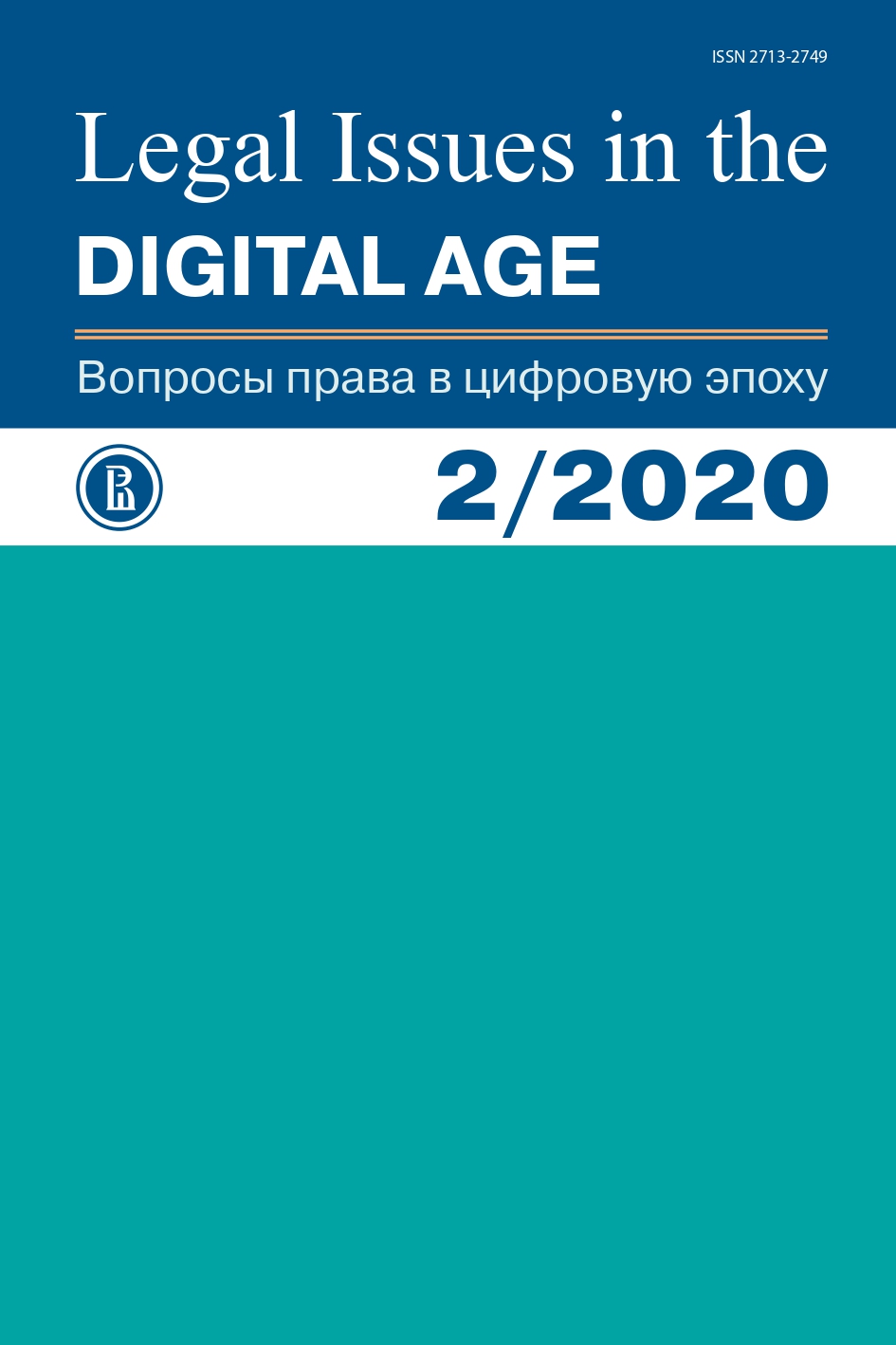AI-Generated Inventions and IPR Policy During the COVID-19 Pandemic
Abstract
According to the World Health Organisation’s (WHO) official website for coronavirus, the disease has spread to approximately 214 countries and regions. While the disease is spreading mercilessly around the world, science and technology are giving it an equal fight. The pandemic is a test of governments’ medical capacity and their political will; it also raises several philosophical questions. It is a test of humans as a unit. A test of humanity as a whole. Artificial Intelligence (AI) is intended to imitate human cognitive functions. It will bring significant change to health care, driven by the growing accessibility of healthcare data and rapid advancement of analytics practices. During the current COVID-19 pandemic, AI is being used to assist and advise doctors in establishing a diagnosis, to support radiologists in refining image explanation, and help in the advancement of drug discovery research. The upsurge of new technologies gives rise to new questions. There is still considerable uncertainty in the field of Intellectual Property (IP) protection of AI-generated works. AI does not have legal personhood, so the question remains about whether it holds any IP rights. In this article, we discuss the IP rights of AI-generated works with respect to the COVID-19 pandemic. The objective of this study is to determine the impact of international and national laws and treaties on IP rights for AI-generated solutions to the pandemic, as well as to study an alternative temporary mechanism to make IP widely available to mobilise resources and manufacture critical products to prevent, diagnose or treat COVID-19. The paper attempts to strike a balance between the needs of health care, life-threatening emergencies and IP rights by applying a utilitarian theory of IP law that denotes the «utility» of all people, aiming to secure «the greatest good for the greatest number».
References
Cutillo C. et al (2020) Machine intelligence in healthcare — perspectives on trustworthiness, explainability, usability, and transparency. NPJ Digital Medicine, no 1, pp. 1–5.
Feldman R. and Thieme N. (2019) Competition at the dawn of artificial intelligence. In: Competition Law for the Digital Economy. Cheltenham: Edward Elgar, 400 pp.
Fenwick M., Kaal W., Vermeulen E. (2016) Regulation tomorrow: what happens when technology is faster than the law. American University Business Law Review, no 6, p. 561.
Firth-Butterfield K. and Chae Y. (2018) Artificial Intelligence Collides with Patent Law. World Economic Forum. Available at: http://www3.weforum.org/docs/WEF_48540_WP_End_of_Innovation_Protecting_Patent_Law.pdf (accessed: 05.06.2020)
Fisher W. (2001) Theories of Intellectual Property. In: New Essays in the Legal and Political Theory of Property. R. Stephen, ed. Cambridge: University Press, pp. 168–199.
Ginsburg J. (2018) People Not Machines: Authorship and What It Means in the Berne Convention. International Review of Intellectual Property and Competition Law, no 2, pp. 131–135.
Hattenbach B., Glucoft J. (2015) Patents in an era of infinite monkeys and artificial intelligence. Stanford Technology Law Review, vol. 19, p. 32.
Huang C. et al. (2020) Clinical features of patients infected with 2019 novel coronavirus in Wuhan. Lancet, vol. 395, pp. 497–506. DOI: 10.1016/S0140-6736(20)30183-5.
Hughes J. (1988) The philosophy of intellectual property. Geo. LJ, vol. 77, p. 287.
Kurki V. (2019) The Legal Personhood of Artificial Intelligences. In: A Theory of Legal Personhood. Oxford: OUP, pp. 175–189. DOI:10.1093/oso/9780198844037. 003.0007.
Li L. et al (2020) Artificial intelligence distinguishes COVID-19 from community acquired pneumonia on chest CT. Radiology, p. 200–205.
Lim D. (2018) AI & IP: Innovation & Creativity in an Age of Accelerated Change. Akron Law Review, vol. 52, p. 813.
McLaughlin M. (2018) Computer-Generated Inventions. Available at: https://papers.ssrn.com/sol3/papers.cfm?abstract_id=3097822 (accessed: 23.05.2020)
Plotkin R. (2009) The genie in the machine: how computer automated inventing is revolutionizing law and business. Stanford: University Press, 2009, 270 pp.
Solum L. (1991) Legal personhood for artificial intelligences. NCL Review, vol. 70, p. 1231.
Wu Y. et al (2020) The outbreak of COVID-19: An overview. Journal of the Chinese Medical Association, issue 3, pp. 217–220. DOI: 10.1097/JCMA. 0000000000000270
Authors who publish with this journal agree to the Licensing, Copyright, Open Access and Repository Policy.










